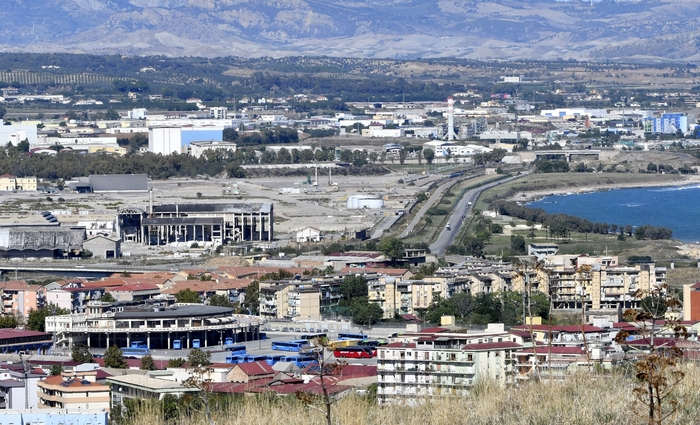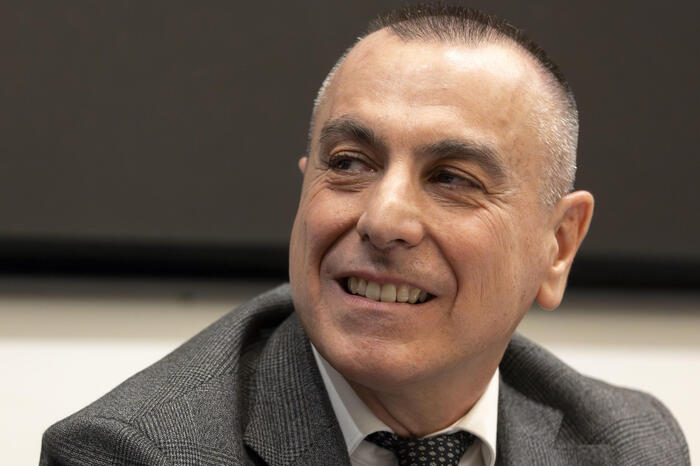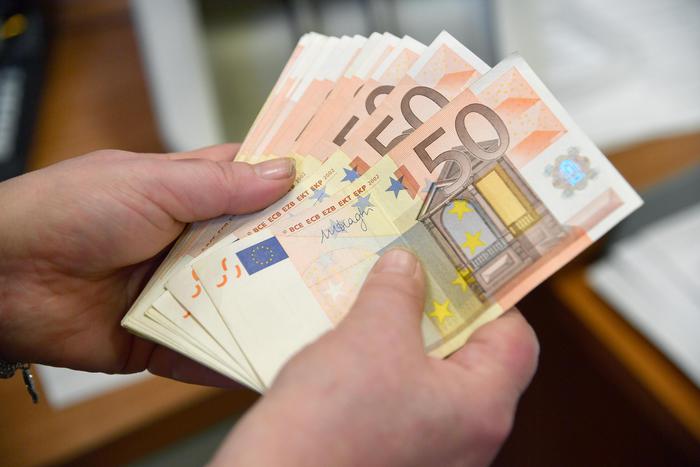Enlarge image
Reactor room of block 3 in the decommissioned nuclear power plant Lubmin
Photo: Stefan Sauer / dpa
Nuclear power will continue to occupy Germany long after the nuclear phase-out.
Not only the final storage, but also the dismantling is extremely complex in many places.
Representatives of the nuclear energy industry therefore point out the need to dispose of non-radioactive waste.
"Without landfills and waste incineration plants, no demolition works," said the energy company RWE.
The Association of Nuclear Technology Germany said: Districts and, if necessary, countries must ensure sufficient landfill space for construction waste.
According to a spokesman for the association, there are cases in which landfills have rejected building rubble with reference to safety concerns, although this rubble has been classified as harmless according to appropriate measurements.
GDR power plant has been dismantled since 1995
So-called cleared waste made up by far the largest proportion of the material that accumulates during dismantling.
He suspects that such reservations are also intended to conserve landfill capacity.
In one case, rubble would have had to be transported over long distances to another federal state.
RWE said: "If the dismantling process is not to come to a standstill, there must be secure disposal paths for everything that cannot be recycled." In Baden-Württemberg, for example, there is currently a dispute between the state and a district about the inclusion of waste that has been metered.
A similar argument took place in Lübeck.
Lubmin in Western Pomerania shows just how complex the dismantling can be.
According to the responsible disposal plant for nuclear plants GmbH (EWN), it is the largest dismantling of a nuclear power plant in Europe.
Of the eight planned blocks, five were in operation, one of which was in trial operation.
The nuclear power plant was connected to the grid between 1973 and 1990 and provided eleven percent of the electricity requirement in the GDR.
Because of security concerns, it was shut down after the fall of the Wall.
The dismantling has been going on since 1995.
It is currently assumed that this will continue into the second half of the 2030s.
Then the building should be gutted and freed from radioactivity to such an extent that it can be released and demolished conventionally after appropriate measurements.
The highly radiating parts were removed in Lubmin years ago and taken to a nearby interim storage facility.
Nevertheless, dismantling the gigantic industrial complex remains an enormous task.
According to the responsible disposal plant for nuclear plants GmbH (EWN), about 440,000 square meters of concrete surface still have to be examined.
The mass to be mined is estimated at around 1.8 million tons.
Everything that is to be disposed of as normal scrap must be dismantled so that it fits into boxes measuring 1.20 by 0.8 meters so that the material can be measured in a special facility.
Billions in costs for deconstruction
The costs are also high.
Estimates have kept rising.
In 2014 they were still at 6.6 billion euros, but it is now assumed to be in the high single-digit billions, including the dismantling in Rheinsberg.
In this case of the old GDR power plant, it is tax money, the EWN belongs to the federal government.
In contrast, the energy companies in the old federal states have to pay for the dismantling themselves.
Here, the costs per block are estimated at around one billion euros.
These costs were included in the electricity prices, writes the Association of Nuclear Technology Germany.
The situation is different when it comes to the disposal of radioactive waste.
The nuclear companies Eon, RWE, EnBW and Vattenfall had transferred a total of around 24 billion euros to a sovereign wealth fund in 2017.
With that they are out - that was what was agreed.
Investment experts should increase the money significantly in the long term in order to finance the costs for interim and final storage.
The search for a repository for high-level radioactive waste continues.
The planned repository for low-level and intermediate-level waste - the Konrad shaft in Salzgitter, Lower Saxony - is not yet finished.
apr/dpa









/cloudfront-eu-central-1.images.arcpublishing.com/prisa/HMTVVV3HLFH5LDEHUMGY5HTJ6I.jpg)